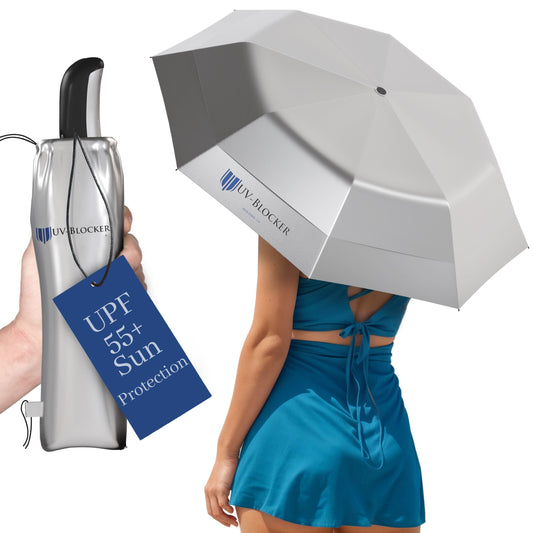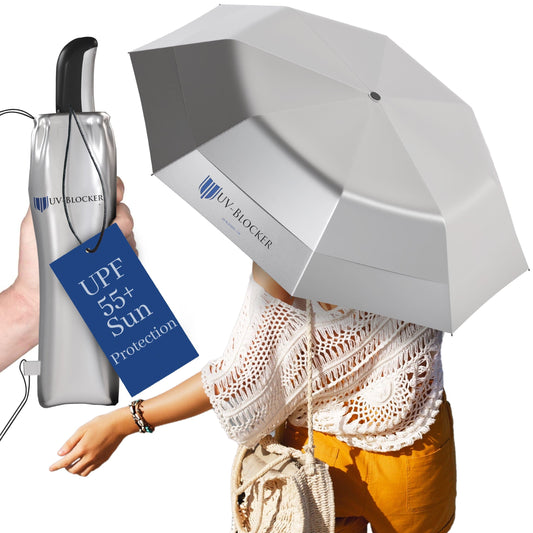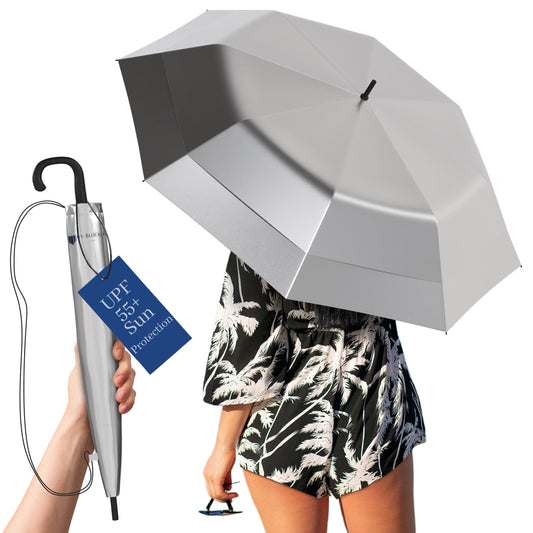Summer is fast approaching with warm temperatures, outdoor activities, and abundant sunshine. While sun protection and skin cancer risks apply to everyone, those with lupus have the additional risk of a flare-up of their lupus disease symptoms.
So What is Lupus?
To discuss the connection between lupus symptoms and sun exposure, it’s important to first understand what lupus disease is.
Lupus, also called systemic lupus erythematosus (SLE), is a chronic autoimmune disorder that triggers the immune system to mistakenly attack normal, healthy body tissues and organs. SLE can cause inflammation and even permanent damage to the skin and joints, as well as the heart, lungs, kidneys, and blood.
A less common type of lupus is called cutaneous lupus (CLE). Cutaneous lupus only affects the skin by causing disc-shaped lesions and rashes.
Anyone of any age can have lupus, but women of childbearing age are diagnosed most often. Like other autoimmune conditions, lupus can’t be cured but it can be managed.
The most common lupus symptoms include:
- fever
- skin rashes (also called “lupus rash” or “lupus butterfly rash”)
- fatigue
- joint pain
- organ inflammation
How can the Sun Impact Lupus?
40-70% of people diagnosed with lupus have more vulnerability to ultraviolet exposure. They may experience photosensitivity, an increased reaction to the sun, as well as UV radiation from tanning beds and some indoor lighting.
UV exposure can then lead to skin (cutaneous) reactions as well as a flare-up of lupus symptoms and disease progression. Photosensitivity can also increase skin cancer risk.
Those living with lupus can experience a painful or itchy red rash and blisters on the skin that was exposed to direct UV light. The upper back, face, neck, and arms are the most common areas to experience a skin reaction.
Drug Awareness
Many drugs prescribed for lupus treatment or other health conditions can also contribute to sun sensitivity. Sulfasalazine, methotrexate, mycophenolate, and NSAIDS like ibuprofen are commonly used to treat lupus but may increase sensitivity to UV radiation.
It’s best to ask a physician or pharmacist if a drug can cause heightened sensitivity to the sun and other artificial UV light sources.
Ways to Manage Sun Exposure
You can now see why those with lupus must protect themselves from sun exposure and avoid direct sunlight as much as possible. Planning outdoor activities before 10 a.m. and after 4 p.m. will minimize exposure to the most damaging UV rays.
Using the following five methods of sun protection together can substantially help to minimize UV sun exposure when outdoors:
Clothing
Cover up arms and legs with dark, tightly-woven fabrics or consider buying apparel with a UPF 50+ rating for dependable and confident protection. Shop for other UPF 50+ accessories like scarves, sleeves, and gloves for more comprehensive coverage.
Sunscreen
Consider using a broad-spectrum sunscreen with an SPF of 50+ or higher if you have lupus. Be mindful to apply sunscreen to any exposed skin like the tops of feet, backs of hands, wrists, and ears. Reapply sunscreen every two hours and after getting wet, regardless of the SPF. Generous and thorough sunscreen application is key. Using SPF-containing lip balm to protect the delicate lip skin is also essential.
Wide Brim Hat
Select a hat with at least a 5” brim and a tight weave to shield the face, ears, head, and neck. Shop for a hat with a UPF 50+ rating for more dependable protection from the harsh overhead sun. Some sun hats feature a neck drape as well as a chin strap for extra coverage and stability.
Sunglasses
Choose large or wraparound styles of sunglasses for more substantial coverage of the delicate eye area. Confirm that your sunglasses have a UV400 or 100% UVA and UVB rating to protect your vision and eye health.
Shade
Look for abundant shade under structures like a full tree, pavilion, covered porch, or UV sun umbrella. It’s important to stay aware of the movement of the sun and change your location as needed to avoid direct sunlight. Also be aware that water, snow, sand, concrete, and other light-colored surfaces can reflect UV rays. Those living with lupus should utilize more than one method of sun protection.
What are UV Sun Umbrellas
A UV sun umbrella is specifically designed to block out ultraviolet rays. The umbrella is a convenient shade solution that is portable and easy to use.
UV-Blocker UPF 55+ sun umbrellas are designed with UV and water-resistant Solartek fabric that blocks out 99% of UVA and UVB rays. UV-Blocker umbrellas keep you much cooler under the sun and are available in multiple sizes for a variety of sun protection needs.
UV-Blocker sun umbrellas can also shield the most vulnerable skin for those with lupus – the face, neck, upper back, and arms. A UV sun umbrella is an effective tool to block the sun’s harsh rays, and it’s even better when used in combination with other sun protection methods.
Clearly, living with lupus requires vigilance to avoid UV exposure that can cause a lupus flareup and increase skin cancer risk. However, those with lupus can confidently enjoy the outdoors when they combine multiple sun protection methods to stay sun-safe.








